1. IBM PCjr (1984)
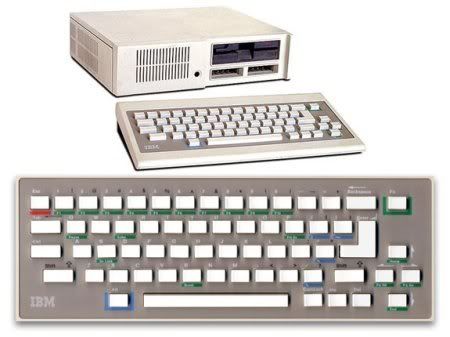
The first keyboard that shipped IBM remains the worst of all time. One of the cordless models that never existed, he needs to supply batteries to operate. IBM creating a Chiclet keyboard with hard plastic that does not allow the letters printed on them (instead, letters, numbers and symbols printed on the font above each key). The reporters quickly predicted that this product will be discontinued within one year. But strangely enough, IBM also introduced a keyboard with 101 keys, called the "Model M" - which by some people called the best keyboard - in the year 1984.
2. Commodore PET 2001 (1977)

Commodore computer pioneers began to create a bad keyboard when PET was issued for the first time in 1977. PET has a small space key instead of Spacebar keys that exists is very important. Plus you will not know when you have successfully pressed a button, because the thin membrane.
3. Mattel Aquarius (1983)
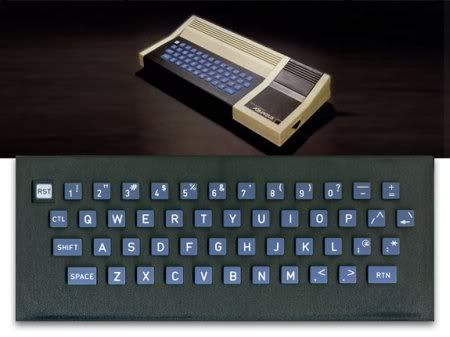
Mattel with "smart" places Reset button that can cause an accident while typing. Plus Return button placement makes it strange that the worst keyboards ever.
4. Timex Sinclair 1000 (1982)

Timex Sinclair 1000 through a new line when entering the PC market in the U.S. retail price $ 100, you will not get much: only black and white display, no sound, 2kb of RAM and a small keyboard is small and flat. Due to the small size, Sinclair makes the scheme BASIC keyword commands for each key, so users only need to press one button (P for Print), aim to facilitate the course. But when you press the button without the intention to use basic commands, you'll go crazy made.
5. Atari 400 (1979)

Atari 400 key fully flat, so users will not know if he has successfully pressed a button. Atari 400 keyboard benefits from a standard layout placement, but the dangerous Break key is located on the right side Backspace key. For students who are working on final assignment, it is advisable to be careful.
6. Tandy TRS-80 Micro Color Computer MC-10 (1983)
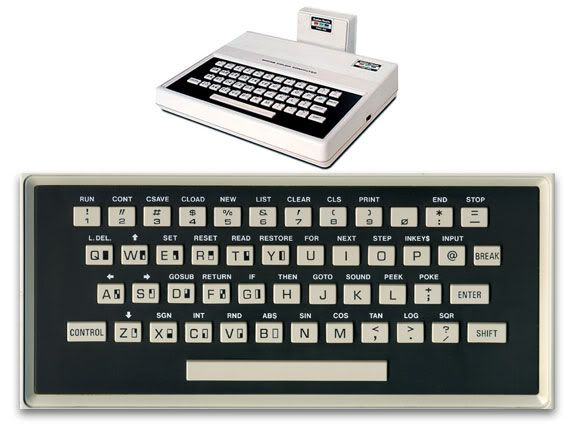
Tandy must be jealous of the success of the Spartan Timex Sinclair 1000 when he launched his 10-year MC-1983, whose designs are not concerned with minimization. For almost every job, a bigger computer (such as the TRS-80 Color Computer) would do a better job. MC-10 keyboard is surprisingly very responsive for a Chiclet keyboard. Unfortunately, many keys have 4 different functions simultaneously. And the layout, he has 4 short: Break the button there should be places where the Backspace key, no Backspace key, there is no shift key on the left, and reflects a shift key function in the opposite. But at least this time he has Spacebar key.
7. Texas Instruments TI-99/4 (1979)
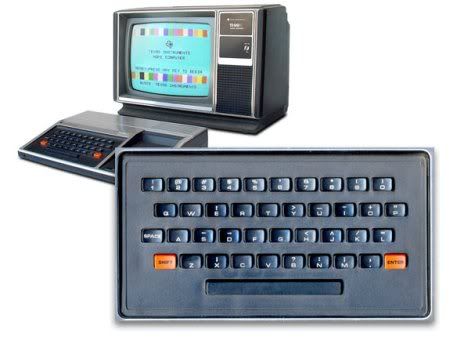
With the launch of TI-99 / 4 in 1979, pioneering an integrated circuit - Texas Instruments makes the step into the home computer market with a price of $ 1150 per package which includes a special monitor and a Chiclet keyboard looks like a calculator. The most disturbing of these is the function of the keyboard Shift key-Q that will stop all programs and turn off the computer. Many who lost a full day of work just to make a capital letter Q.
8. Commodore PET 2001-32-N (1978)

Many critics are saying now revising the Commodore PET (model 2001-32-N) was launched as an update from the keyboard of the first Commodore PET. But for one thing, the design is still putting the Run / Stop button next to the Return. And in addition, he still did not have a Backspace key.
9. Timex Sinclair 2068 (1983)
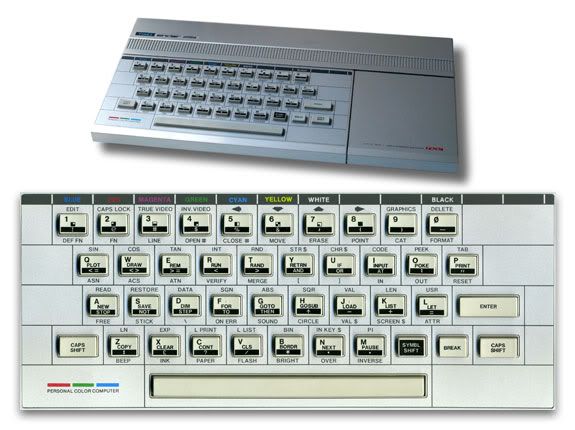
In order to improve the Sinclair ZX for the U.S. market, instead launches Timex Timex Sinclair bad product in 2068. Using the keyboard in 2068 without adequate training, the same as typing while drunk or typing with my eyes closed. Some buttons have different functions 6. And the worst is that he does not have the backspace key. Are the creators assume that typists would not make a mistake?
10. Commodore 64 (1982)
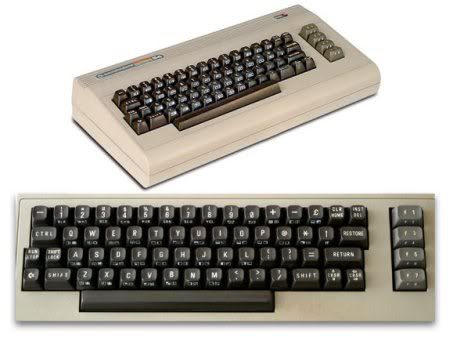
Commodore 64 had at least three weaknesses, he was visually confusing, with many symbols on each key. He was not ergonomic wrist, making it hard for an amateur typist. And the layout of the keyboard is bad because a lot of keys laying much of the wrong button. For example, the laying of the Home / Clear the left Delete (Backspace) so that makes users more often send the cursor to the top of the screen.
Tags:
Share
